 Abraham Lincoln
If given the truth, the people can be depended upon to meet any national crisis...
Abraham Lincoln
If given the truth, the people can be depended upon to meet any national crisis...
 Guildford news...
for Guildford people, brought to you by Guildford reporters - Guildford's own news service
Guildford news...
for Guildford people, brought to you by Guildford reporters - Guildford's own news service
Birdwatcher’s Diary No.91
Published on: 22 Jul, 2015
Updated on: 22 Jul, 2015
By Malcolm Fincham
Still determination to be successful in our quest to get a sighting of a purple emperor butterfly, having being defeated in attempts to see one in my last report, Bob and I returned to Chiddingfold.
Knowing from my fortunate sighting of one last year, there would only be a small window of opportunity when the males of the species just might come down from their ‘master tree’ seeking minerals to feed on.
With them seeming to be later emerging this year, my optimism wasn’t very high. It took two more visits before we finally managed to get some decent photos.
On July 4 we did get a brief sighting of a male as it flew by and settled high in a nearby tree. Although personally satisfied by this, Bob, having not been with me last year to witness one come to the ground, was determined to do better. As decent weather continued on July 6 I got an invite from from him to return to the site.
I have curiously heard a saying in days gone by, that it is lucky to tread in dog poop; derived from ‘every cloud has a silver lining’, I guess. Although not doing so, as last year, fortune once again came my way, as within just a few minutes of us arriving one came down to feed on the minerals of a generously sized pile of it.
This is indeed is a common habit for these beautiful critters, and at a location in the local countryside where we can be grateful that people don’t pick up their dogs’ mess!
With some patience we waited and watched until we saw it had sunk its proboscis into its food source, indicating that it would now be preoccupied and that it would be safe to move in closer.
With Bob getting what I felt was the best picture of it, I was more fascinated than I was last year in getting shots to show how the colours of its wings change, depending on the different angles from which they are viewed. As shown in the selection of pictures I took.
Several white admiral could also be seen in the area, giving us both the chance to get a few more photos.
A trip across Pewley Down a few days later set the challenge for us to add a few more butterflies to our year sightings list. Although looking quite sparse of butterflies on this particular occasion, we were soon able to home in on a few marbled whites.
The delightful sound of two yellowhammers could be heard calling from the line of trees nearby. Overhead, a kestrel flew by low across the slope.
Also looking up, a tatty looking red kite flew over, now starting to go through its summer moult of feathers.
We did come across and even photographed one of two dark-green fritillary butterflies as we walked the lower part of the slope there.
And despite what I consider to be a novice to the world of butterflies, we also managed to pick out three different species of skipper.
The small.
The large.
And the Essex.
Also adding a small tortoiseshell.
And large white to the day list.
Closer inspection along a small sloping section of the hillside revealed a small area of grassland giving us our first sightings of the year of both male and female chalkhill blues.
A few days later we visited the north facing fields of The Mount that looks towards Guildford Cathedral, where we were welcomed by the sound of a skylark singing its heart out overhead.
Although an overcast morning, the grassland was full of movement from meadow brown, gatekeepers, as well as ringlet and marbled white butterflies.
The long grass was also alive with various types of grasshoppers.
Surprisingly, our best butterfly pictures of the day came while visiting the lower part of the Mount Cemetery afterwards. At the far end where the grass had been less cared for we certainly found it alive with a variety of butterflies.
Many seemed to be attracted to a privet bush now in flower. Included was a common blue, a similar species to the chalkhill blue.
As well as lots of gatekeepers.
Although I was not in such a frenzy as many birdwatchers, we also found time for a trip to Pagham harbour in West Sussex to view the Hudsonian whimbrel during the first week of July.
This mega rarity to the UK has found its way across the Atlantic from America and has taken up residence there since its arrival. Although views of it were only distant we were able to pick out its distinctive dark rump though our telescope.
I must confess however, although this was another ‘life tick’ for me, I was actually more impressed by the not so distant view of a leucistic curlew as it fed on the mudflats not so far away.
As always this time of the year in my local areas, birdwatching becomes more of a challenge, with fewer birds displaying. And with so many fledglings about at this present time, often the ones seen are not instantly recognisable.
Robins, for example, can look very different before developing their adult plumage.
Stonechats look quite unusual in their mottled feathers.
While redstarts are often only recognised at a glance by their ruddy coloured tail feathers.
An easier one to recognise while on Thursley Common was a young goldfinch as it begged food from one of its parents.
Checking the pools there, many now at very low levels after a long spell of dry weather.
Lots of different species of dragonfly could be seen.
I even managed to pick out for the first time this year, a raft spider. A close relative of the fen spider.
Responses to Birdwatcher’s Diary No.91
Leave a Comment Cancel replyPlease see our comments policy. All comments are moderated and may take time to appear.
Recent Articles
- Guildford Institute’s Crowdfunding Project for Accessible Toilet in its New Community and Wellbeing Centre
- Letter: Guildford – Another Opportunity Missed?
- Letter: GBC’s Corporate Strategy – Where Is the Ambition?
- My Memories of John Mayall at a Ground-breaking Gig in Guildford Nearly Six Decades Ago
- Westborough HMO Plans ‘Losing the Heart of the Street’ Says Resident
- College Invests to Boost Surrey’s Economy and Close Digital Skills Gap
- Community Lottery Brings Big Wins for Local Charities
- GBC Housing Plan Promises ‘A Vibrant Urban Neighbourhood’ Near Town Centre
- Hospital Pillows ‘Shortage’ at the Royal Surrey
- Updated: Caravans Set Up Camp at Ash Manor School


Recent Comments
- Ian Macpherson on Updated: Main Guildford to Godalming Road Closed Until August 1
- Sara Tokunaga on GBC Housing Plan Promises ‘A Vibrant Urban Neighbourhood’ Near Town Centre
- Michael Courtnage on Daily Mail Online Reports Guildford Has Highest-paid Council Officer
- Alan Judge on GBC Housing Plan Promises ‘A Vibrant Urban Neighbourhood’ Near Town Centre
- John Perkins on GBC Housing Plan Promises ‘A Vibrant Urban Neighbourhood’ Near Town Centre
- S Collins on GBC Housing Plan Promises ‘A Vibrant Urban Neighbourhood’ Near Town Centre
Search in Site
Media Gallery
Dragon Interview: Local Artist Leaves Her Mark At One of England’s Most Historic Buildings
January 21, 2023 / No Comment / Read MoreDragon Interview: Lib Dem Planning Chair: ‘Current Policy Doesn’t Work for Local People’
January 19, 2023 / No Comment / Read MoreA3 Tunnel in Guildford ‘Necessary’ for New Homes, Says Guildford’s MP
January 10, 2023 / No Comment / Read More‘Madness’ for London Road Scheme to Go Ahead Against ‘Huge Opposition’, Says SCC Leader
January 6, 2023 / No Comment / Read MoreCouncillor’s Son Starts Campaign for More Consultation on North Street Plan
December 30, 2022 / No Comment / Read MoreCounty Council Climbs Down Over London Road Works – Further ‘Engagement’ Period Announced
December 14, 2022 / No Comment / Read MoreDragon Interview: GBC Reaction to the Government’s Expected Decision to Relax Housing Targets
December 7, 2022 / No Comment / Read MoreHow Can Our Town Centre Businesses Recover? Watch the Shop Front Debate
May 18, 2020 / No Comment / Read More



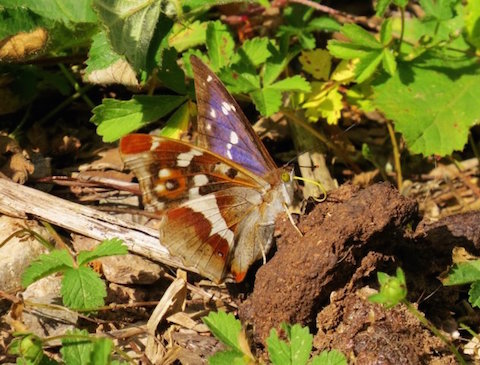
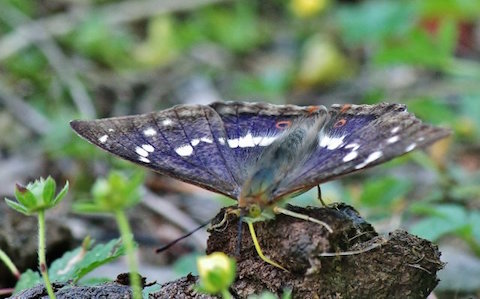
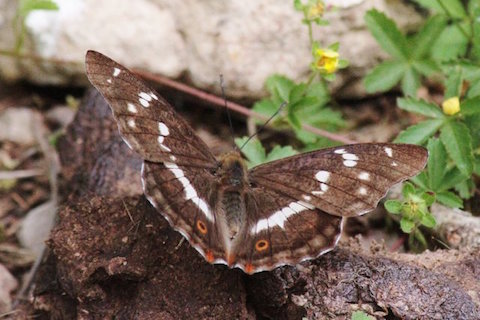


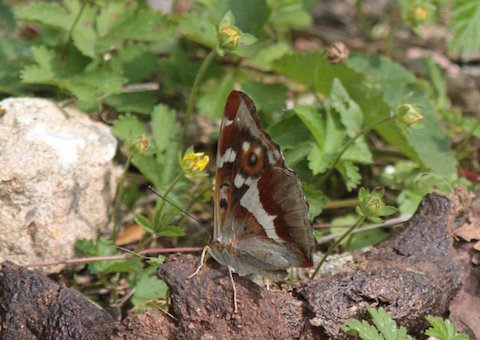
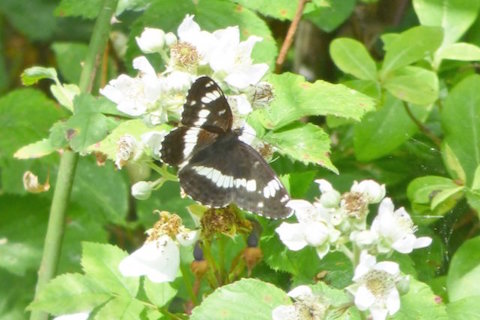
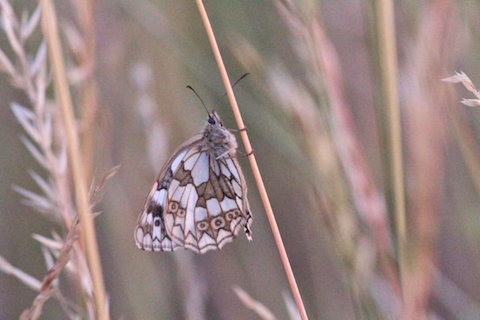
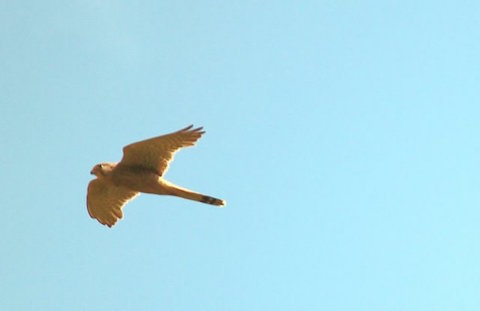


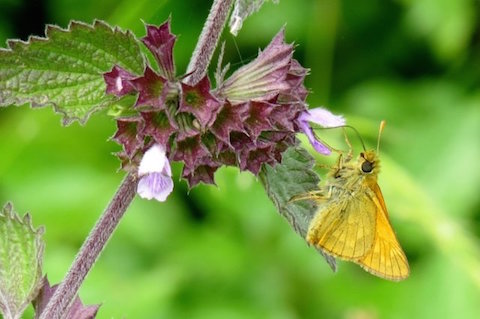

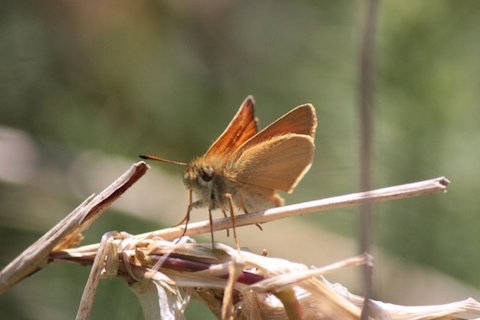
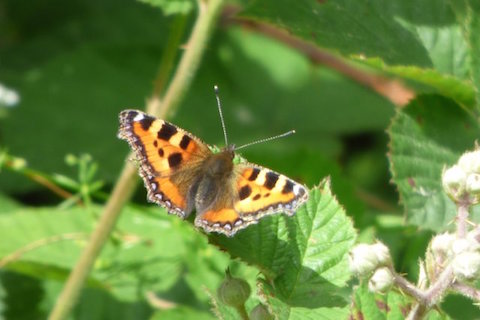
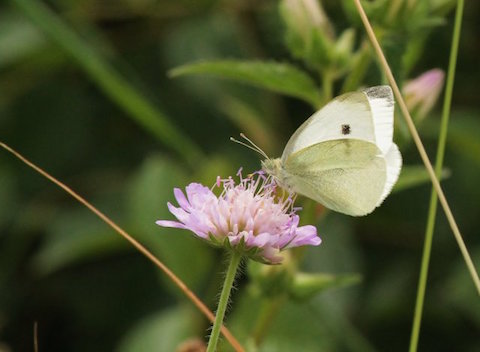
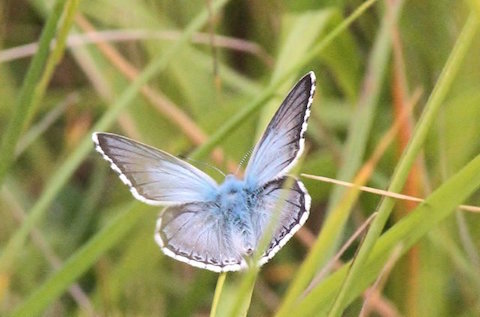
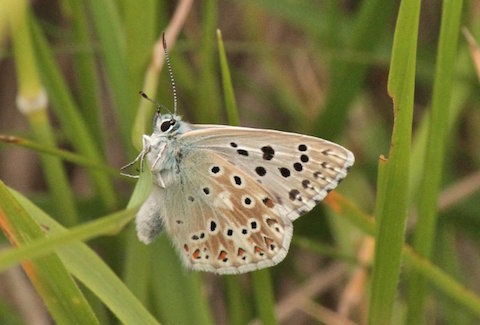
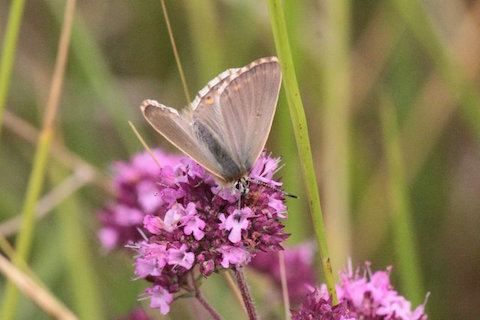
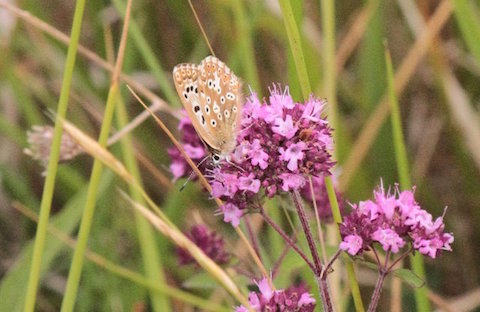

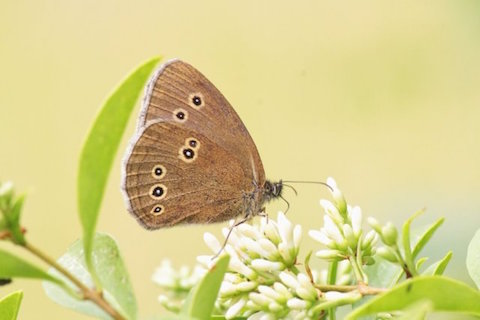

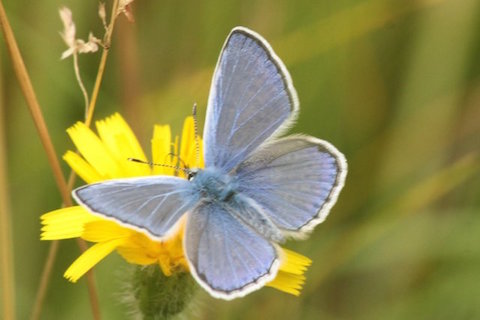
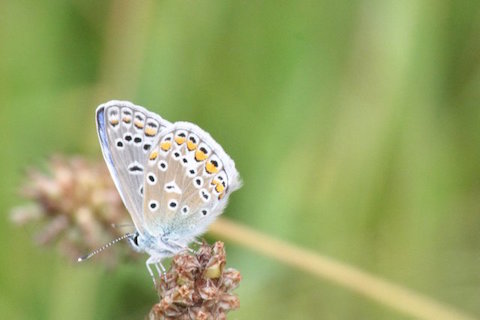
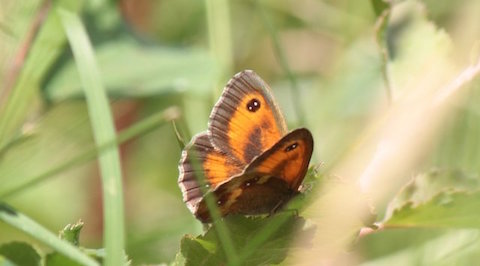
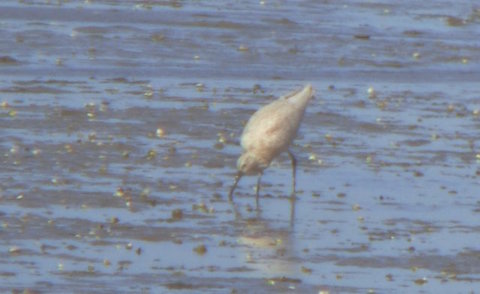
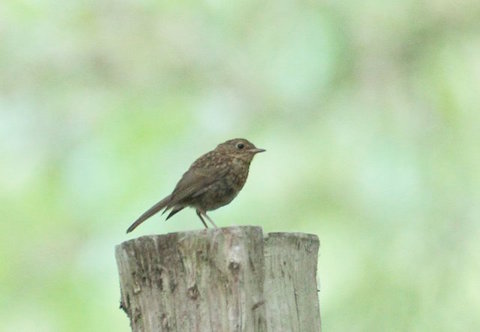

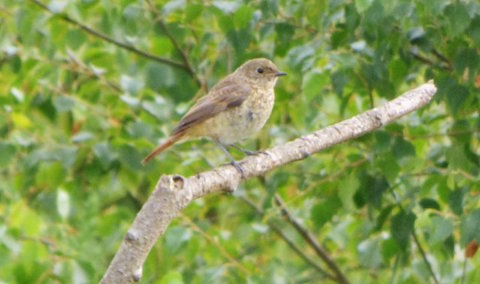

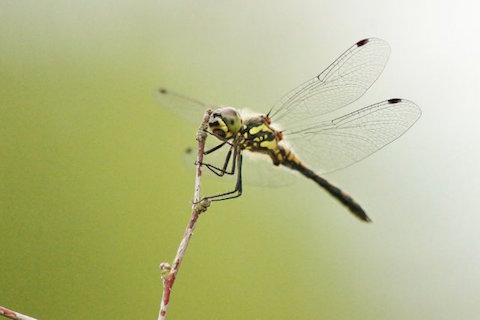
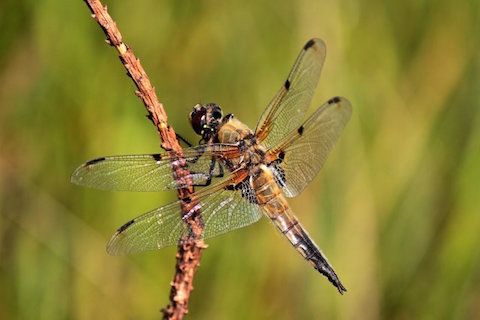
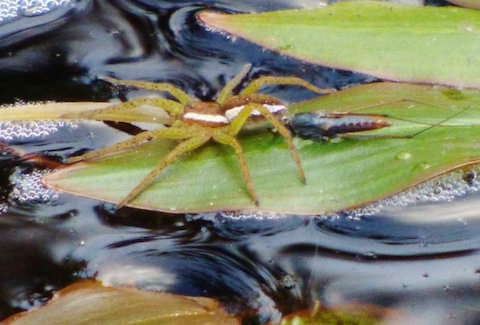






Harry Eve
July 22, 2015 at 3:02 pm
Great photos again.
Your grasshopper is a female Roesel’s Bush-cricket – an insect that has spread dramatically in recent decades.
I remember that their song is not unlike the sound you sometimes hear under overhead power cables – but it is beyond my hearing range now.
The first dragonfly looks like a Black Darter and the second is a Four-spotted Chaser.
Nice shot of the Raft Spider and it reminds me that I must find time for another visit to Thursley.
Malcolm Fincham
July 26, 2015 at 12:09 am
I would like to thank Harry Eve his added knowledge about the dragonflies and especially the interesting facts about the Roesel’s Bush-cricket, which have been able to look up since.
I would also like to like to thank all those that have wished me well, following my recent reports.